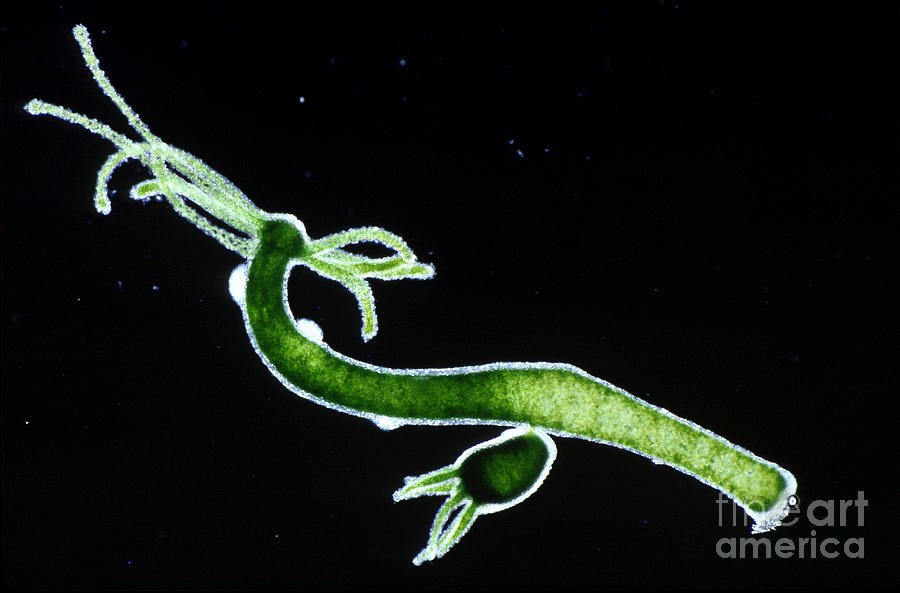

With the help of model organisms, they’ll reveal the causes of disease and illuminate potential paths to treatment and prevention.
#Hydra vulgaris windows
They’re developing tools to help them better control this gene expression.Īs technologies advance, UC Davis scientists and researchers are gaining unprecedented windows into the machinations of life. Juliano and her colleagues have meticulously conducted a single-cell sequencing project on Hydra, defining the exact genes expressed in each cell type. “That same genetic program is activated after injury throughout the animal kingdom, but in some cases, instead of triggering scarring, it triggers regeneration and thus the missing body part is replaced.” “If you or I were injured, say our hands were cut off, there’s a specific genetic program that is activated and is required to heal the wound, but the hand wouldn’t grow back,” says Juliano. Juliano hopes to solve some of those lingering questions and further establish the Hydra as a model organism for regenerative research. Dataset GBIF Backbone Taxonomy: Rank SPECIES: Published in Pallas, P. The hydras were maintained in a hydra culture solution (HCS 1 mM NaCl, 1 mM CaCl 2, 0.1 mM KCl, 0.1 mM MgSO 4, 1 mM tris- (hydroxymethyl)-amino-methane pH 7.4, adjusted with HCl) at 20 ☌ under a 12-h lightdark cycle (LD 12:12 cycle).


Almost three centuries later, this animal’s amazing capabilities remain a mystery. Hydra vulgaris (strain 105) without buds were used in all experiments. Hydra regeneration was noted in 1744 by naturalist Abraham Trembley. Their unique abilities make them ideal for studies in healing and aging. Hydra are virtually immortal in a lab environment. “You can cut little pieces out of the animal and it will regrow and maybe the most amazing thing is that you can dissociate the animal into single cells, mix them all up, put them back in a ball and a new Hydra will just grow out of it.” “As far as we can tell, it doesn’t age or die,” says Assistant Professor Celina Juliano, Department of Molecular and Cellular Biology. Every 20 days, the whole organism renews itself.
#Hydra vulgaris code
These organisms, which look like miniature, fleshy palm trees with swaying fronds of tentacles, boast stem cells that exist in a continuous state of renewal and seem to hold within their genomic code the key to biological immortality. and L-cysteine (AgNPcitLcys) on freshwater cnidarian Hydra vulgaris as an emerging ecotoxicological model for the safety of engineered nanomaterials. For humans, it’s a fantasy pulled from science fiction, but for the Hydra (Hydra vulgaris), a small freshwater invertebrate, it’s a reality.


 0 kommentar(er)
0 kommentar(er)
